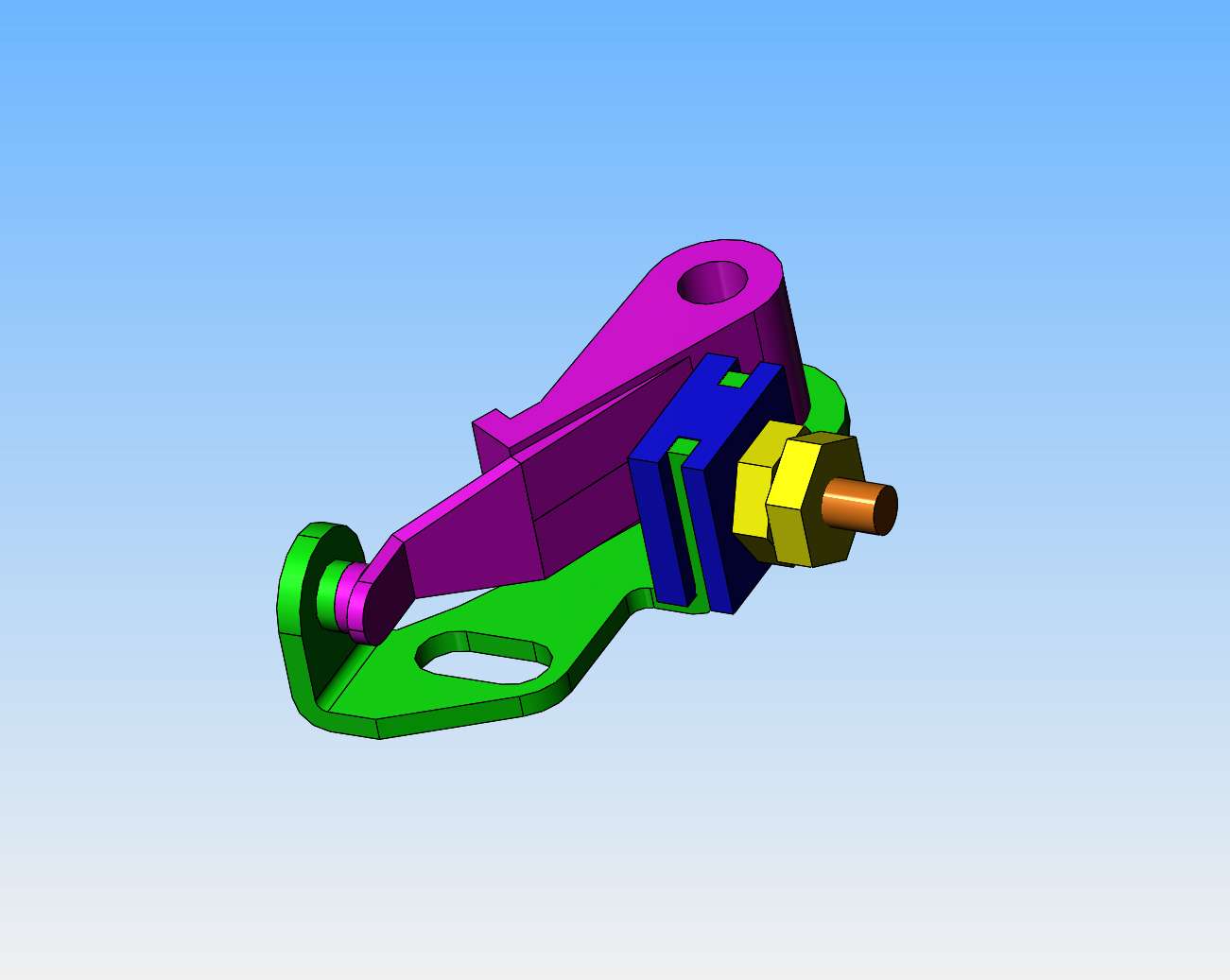I still have a 1967 VW Bug.
View attachment 156945
View attachment 156947
This is a site I use for all the components I need for the Bug.
https://www.wolfsburgwest.com/
I had a 67, and drove it for many years.
That was the best VW bug model made in my opinion.
They ruined the car in 68 with that change in the rear suspension, along with adding a bunch of stuff that the car was not designed to have, as air conditioning.
My dad had a 64 and 68 model, and he loved the 64, but got rid of the 68 model, since it had so many problems.
The 68 he had was equipped with an automatic transmission, which was really just a microswitch actuated clutch; you still had to shift the car.
I had to get rid of my 67, but wish I had been able to keep it.
Not a perfect car, but quite simple compared to modern cars, and I could always make it run no matter what.
My wife's grandmother rode in the back of a VW Beetle across the US to California, back in the 60's I guess.
The car was fast, nimble (especially in ice and snow), reliable; perhaps a bit loud.
There is much to be said for having a car that does not have a computer or a tracking system in it, and a car that you can repair and rebuild yourself.
.












